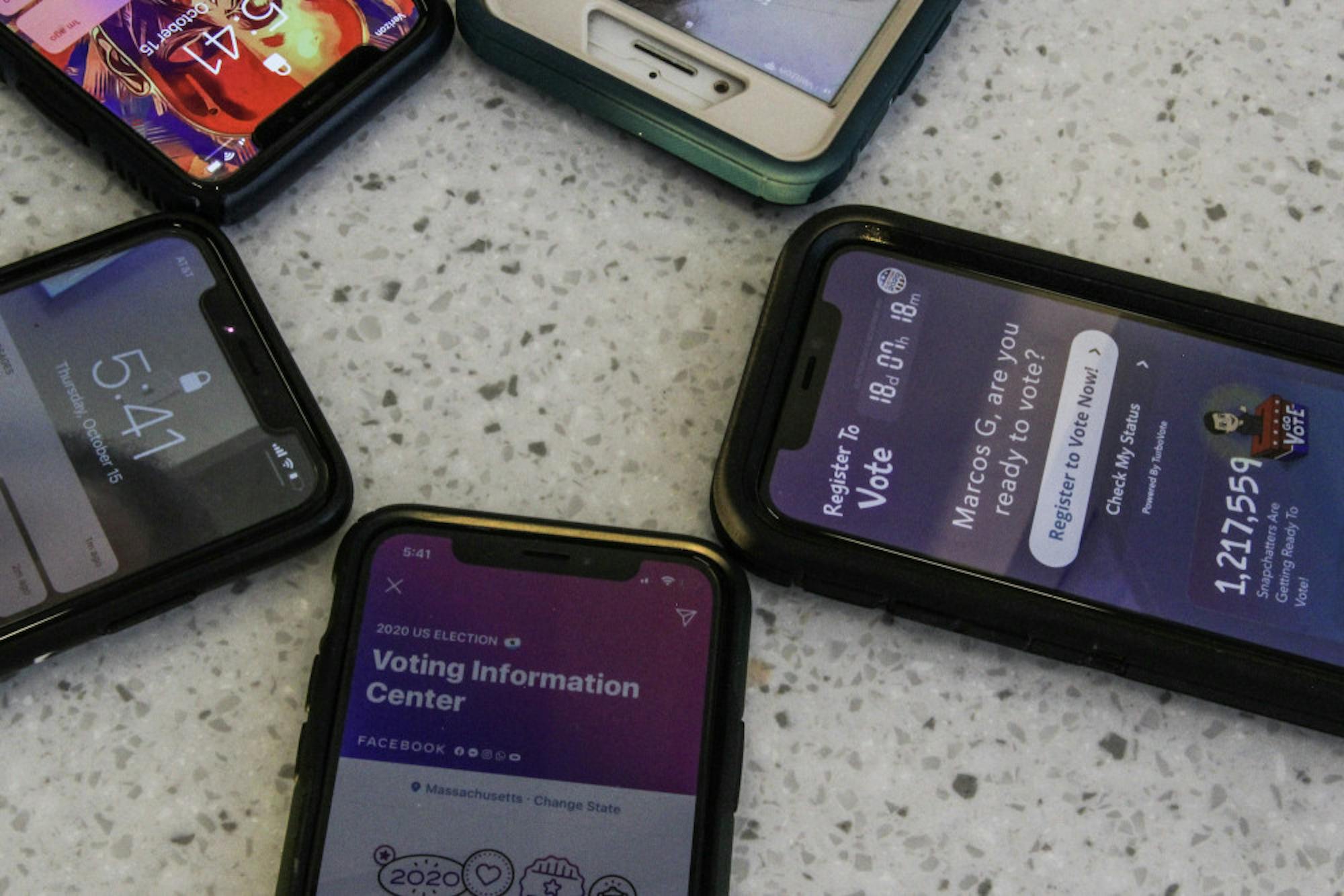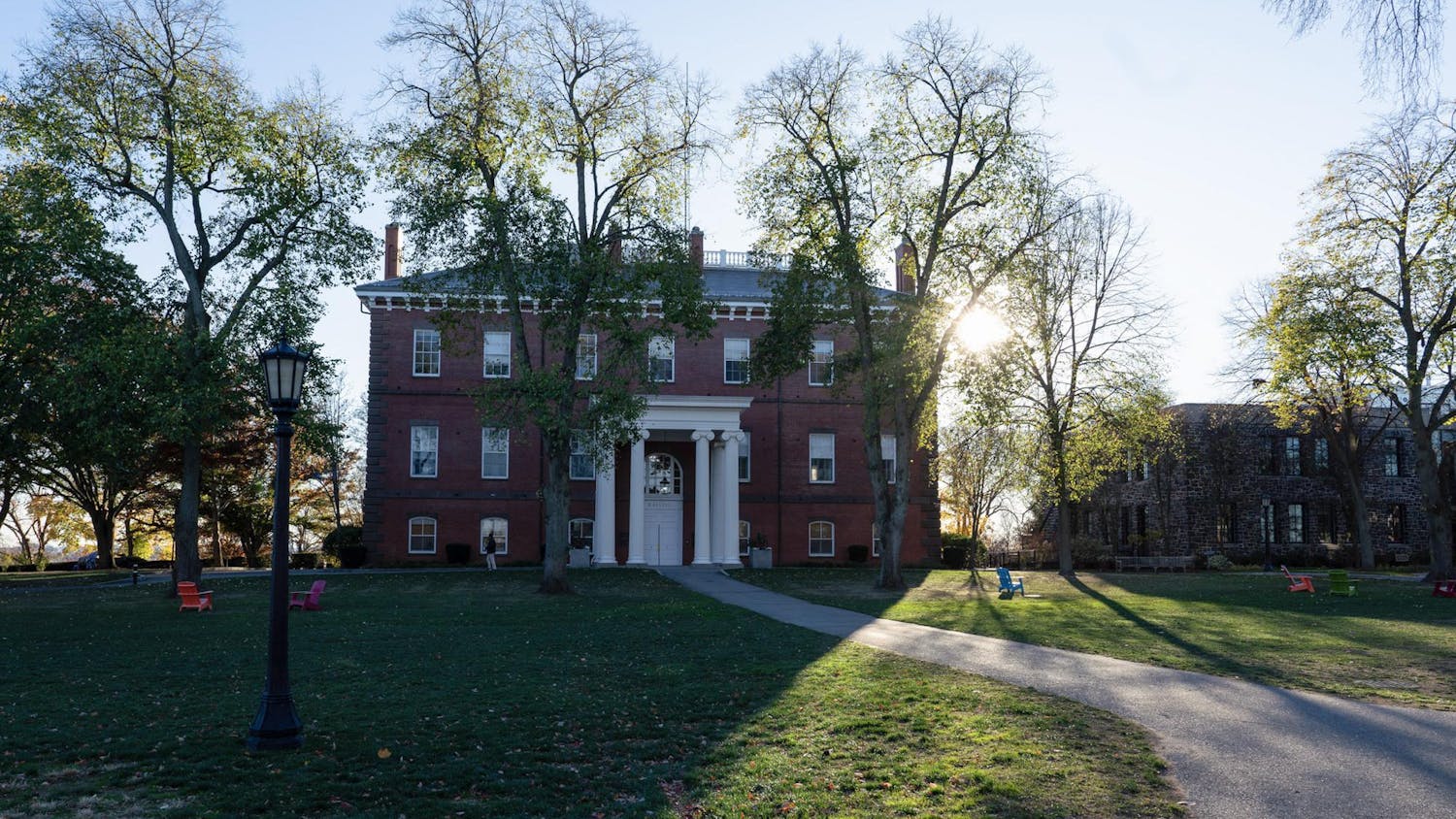The Center for Information & Research on Civic Learning and Engagement (CIRCLE) recently partnered with Snapchat to provide research and analysis on youth voter engagement for Snapchat's initiative to prompt users to register to vote.
Snapchat sees itself in a unique position to make a positive impact on youth voting, according to Sofia Gross, public policy manager at Snap Inc.
“Snap reaches more 13–24-year-olds in the US, more than Facebook, Instagram and Messenger combined — a majority of which are voting age,” she wrote in an email to the Daily.
Snapchat is attempting to reach these younger voters, who make up a large segment of their user base, to emphasize to them the power of their votes. They will use CIRCLE’s research on young voters to accomplish this goal.
"We partnered with experts like CIRCLE to better understand [Generation Z’s] political power and how we could help them to show up and vote,” Gross said.
Snapchat produced a white paper called “Don’t Scroll Past Gen Z” about the rising political power of young voters. They used CIRCLE's data, including polls on young adults ages 18–29 that contain insights on their involvement in activism and their role in the democratic process.
Matthew Tolbert, former student co-chair of JumboVote, emphasized the importance of CIRCLE's work and spoke to its reputation for being an expert on voting and civic engagement.
“They are a valuable resource to us, as well as to anyone who does this kind of work ... CIRCLE’s data is really unparalleled,” Tolbert, a senior who helps run JumboVote's Democracy Reps program, said.
According to Gross, Snapchat has helped over 1.2 million users register to vote in 2020 in conjunction with TurboVote. This initiative includes resources for young people.
“Informed by CIRCLE's research about habitual voting, we were able to better understand Snap's role in shaping the habits of future voters and have rolled out resources to reach young people on their 18th birthdays, which is now between 300-500,000 Snapchatters a month,” Gross said.
Peter de Guzman, CIRCLE research program coordinator, described the nature of this relationship with Snapchat and how CIRCLE's research provides a way to understand civic engagement.
"[The] partnership is informed by a lot of our research specifically from our past polls and our polling [which] is occurring as well in 2020 … How are young people creating media that they feel represents themselves and the issues they care about, but also how are they receiving that information?" de Guzman said.
Director of CIRCLE Kei Kawashima-Ginsbergacknowledged Snapchat's ability to reach young voters from a variety of different backgrounds and engage with those who might not fit the mold of a college student at a four-year institution.
“Snapchat in particular … has that broad user base, that includes people that don't end up going to college, people that live in rural areas, people that are moms or people that are not even 18 yet," she said.
According to Gross, the partnership between CIRCLE and Snapchat formed as a natural extension of the work both organizations were already doing to encourage civic engagement in young people.
Kawashima-Ginsberg said that dating back to 2018, CIRCLE’s research found that there is often an information deficit in the voting process. Information on voter registration and how to vote is not always easily accessible, which can pose an obstacle for first-time voters.
“Companies like Snapchat, and even Facebook and Instagram and others, really put a lot of work into translating that information into something that's right on their feet, right in front of them,” Kawashima-Ginsberg said.
Gross noted that Snapchat plans to work with CIRCLE in the future to continue to promote a culture of civic engagement.
“We want to do everything we can to break down the barriers that have historically kept younger voters from showing up to vote, and empower future generations to speak out and make their voices heard,”she said.






